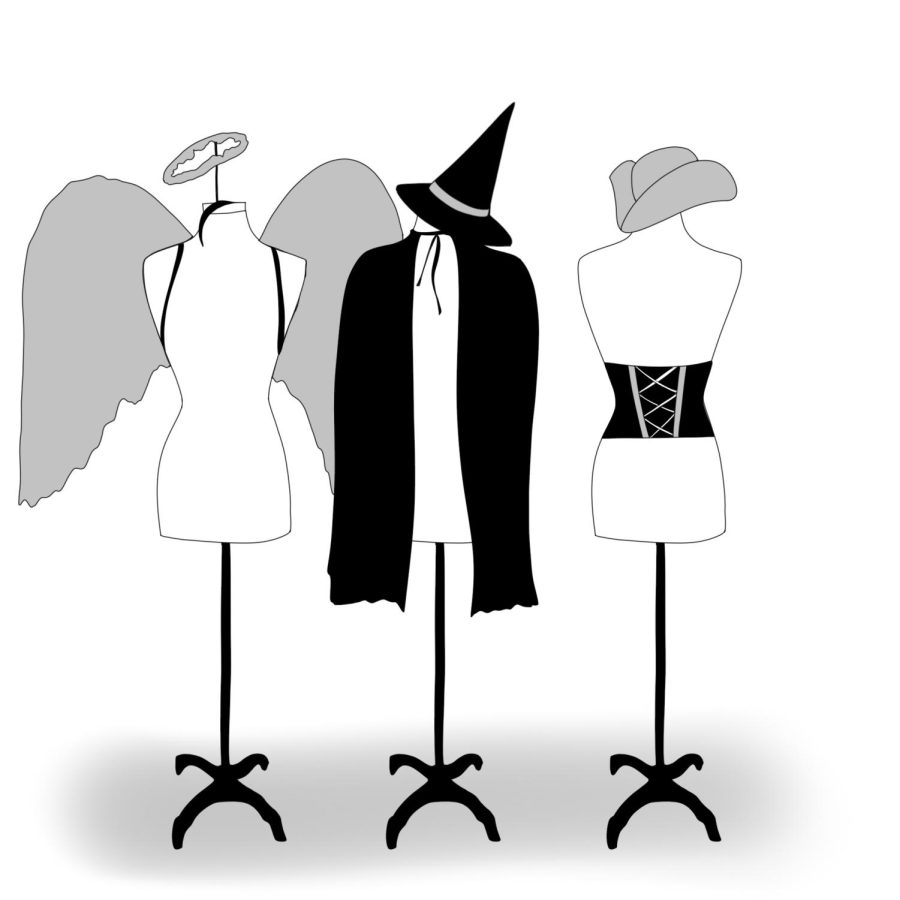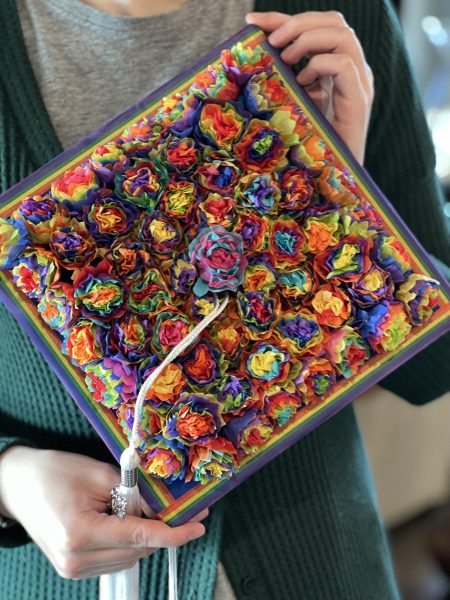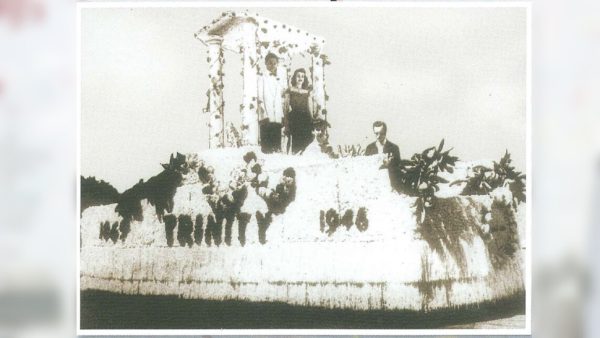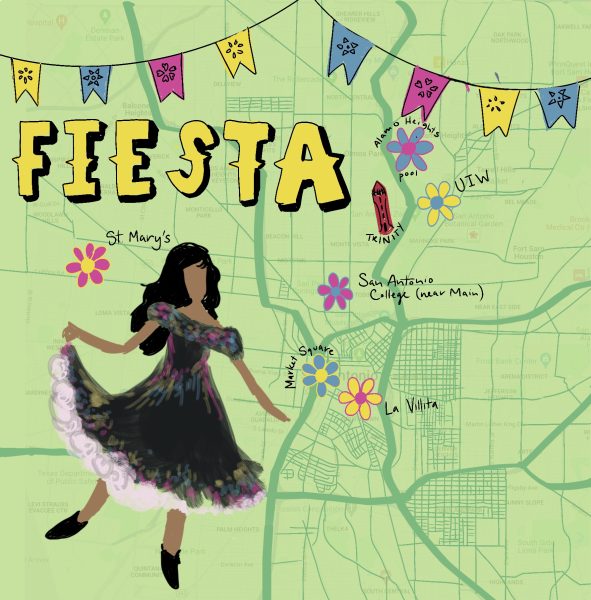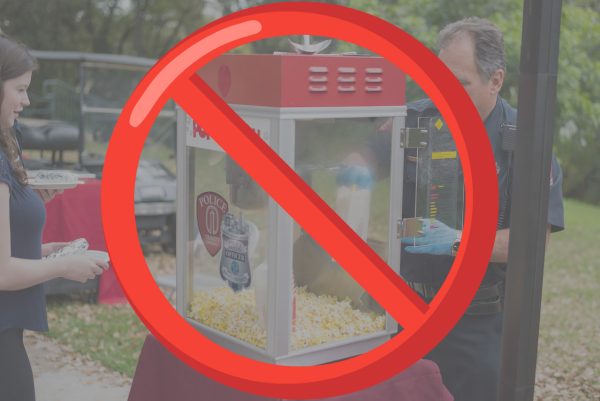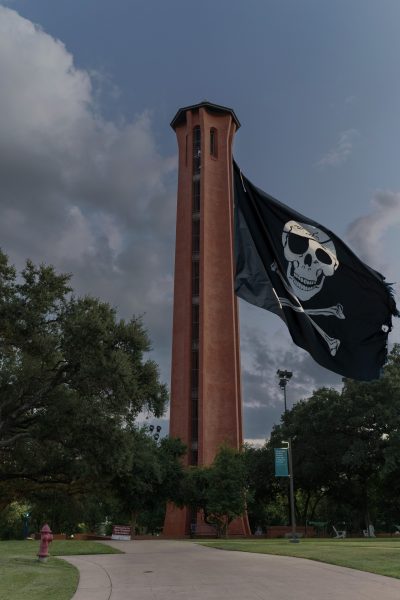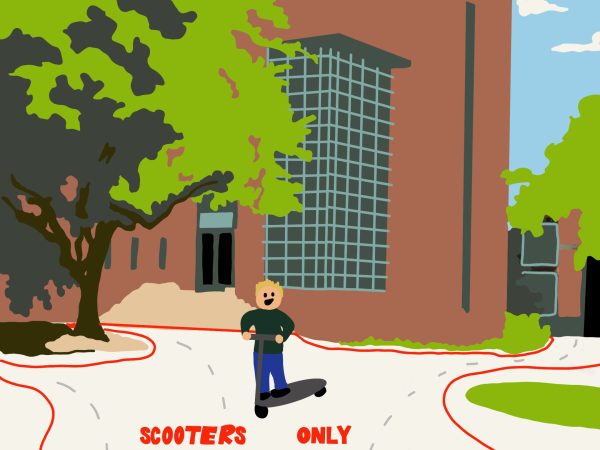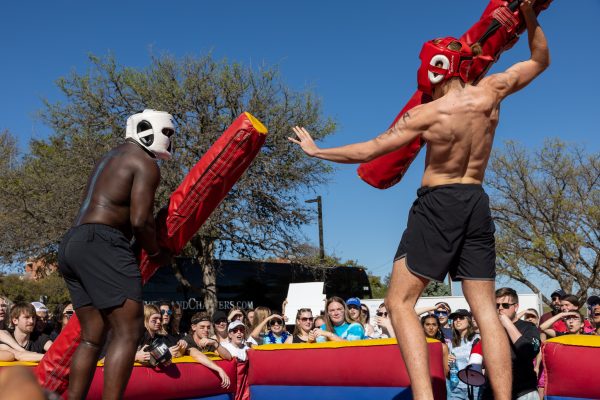The Queer Community Founded the Original Slutty Halloween Costume
Being a child of the early 2000s, I grew up with the “slutty” Halloween costume consistently being in the limelight. Even at age six6, when I was too young to identify what exactly was slutty about this staple, come October I would peruse the Party City catalog and find myself in awe of the costumes I would see models in, knowing that my conservative mother would never approve of them. That was my only sign that they were different without having the vocabulary to describe it yet.
The slutty Halloween costume holds great power. To many it’s a feminist outcry;, it’s a way of expressing oneself and their sexuality on the one day of the year that it’s deemed acceptable. Some may think the slutty Halloween costume is actually oppressive, created for the male gaze by a capitalistic industry that profits off of this sex appeal.
I think many of these common claims are half-truths, leaving outfar from the whole history behind provocative costume culture, particularly the costumes that are more experimental, colorful, and have a sense of escapism outside of our rigid societal constructs. We find a lot of this rich costume culture in the queer community, which pioneered a truly unadulterated form of self-expression that helped them embrace their sexuality and create identities that didn’t exist within the binaries of society. The slutty Halloween costume is in fact queer- coded, despite the fact that it is often only seen in the light of feminism or anti-feminism.
I’d like to think of the slutty Halloween costume as a two-wave movement- — one that started in the 1970s after the sexual revolution and the other that took place in the early 2000s, after pivotal films were released whichthat portrayed mostly women embracing the slutty Halloween costume.
The sexual revolution took place in the 1970s when many Americans challenged sexual taboos such as those concerning nudity, interracial dating, queer sexuality, and communal living. It tends to be conflated with the sexual revolution of the 1960s, which generally focused on challenging the suppression of women’s sexuality by their families and the rest of society. The 1970s sexual revolution focused on more deeply marginalized communities —– the queer community and minorities.
IBehold, in 1973 there was a wave of huge, vibrant, and widely queer Halloween parties that and paraded through Greenwich Village in New York City. The costumes were avante-garde, daring, and sexually liberating; many outside of the queer community participated as well. These types of costumes permeated across communities and were, especially embraced by women, which gave rise to the modern slutty Halloween costume we know today. To merely classify all this type of costuming as drag insinuates is insinuating that it’s only concentrated in the queer community, and ignores the ways we all benefit and participate in queer expression every Halloween.
While the slutty Halloween costume wasn’t fully repressed after the 1970s, there was a lull in its popularity and the weight it carried in Halloween culture. Then came the second-wave movement of the slutty Halloween costume in the early 2000s that had a more feminist undertone, sidelining and the queer community’s original contribution to this culture was sidelined.
When we think critically of the costume, there’s a famous line that often comes to mind from the satirical 2004 movie “Mean Girls.” Caddy Heron, entering her first American Halloween party, is taken aback when she discovers she’s incredibly overdressed for a party that required girls to be pretty underdressed, literally. In her voiceover, she narrates that, “in girl world, Halloween is the one night of the year where you can dress like a slut and no other girls can say anything about it.” While that is a pretty clear portrayal of slut shaming, this scene and Cady’s commentary were iconic in encouraging women to embrace their sexuality, especially during the Halloween season. While this type of representation was a win for women, many believe that the rise of the slutty Halloween costume began its timeline here and the roots it has in the queer community became buried.
Although queer expression and feminist expression are very intertwined, it seems that there is still a divide in the way society perceives their shared costume culture. However, both communities still struggle with the issue of being able to embrace their sexuality pretty openly in a sexually oppressive patriarchal society and have found safe spaces to express themselves such as drag shows, Halloween, or even instances of clubbing where wearing provocative clothing is acceptable.
The war against drag culture by conservative parties is hypocritical when we continue to celebrate Halloween by dressing up in unrestrained costumes, regardless of gender, and uplift women wearing slutty Halloween costumes when the Halloween costume norms we know and love today began with the queer community that is constantly being attacked for “ setting bad examples for the children of tomorrow.”

Hello! I am a junior English and Business major with a minor in creative writing. As an opinions columnist, I’m passionate about exploring anthropological...

